High protein diets have become popular among health gurus lately. After all, protein helps build muscle, sheds excess body fat, wards off hunger, and bolsters our immune system. That’s to name just a few of its many benefits.
Of course, you can easily get your protein from meats and some dairy products, but if you’re looking for a new super-food to incorporate into your diet, then it’s worth trying out high protein bread. This bread is rich in several nutrients, with protein being just one of them.
Let’s take a look at what protein bread is and how it compares to normal bread. After that, we can explore a simple high protein bread recipe that will get you started on more energy-packed meals.
What is High Protein Bread?
Simply put, high protein bread has more protein packed inside it than your average loaf. These types may also have different ingredients baked into them than normal kinds, just to boost the protein in the bread.
Some high protein breads are baked with ingredients typically found in protein powders—namely isolated whey proteins, pea proteins, soy proteins, or even egg white proteins.
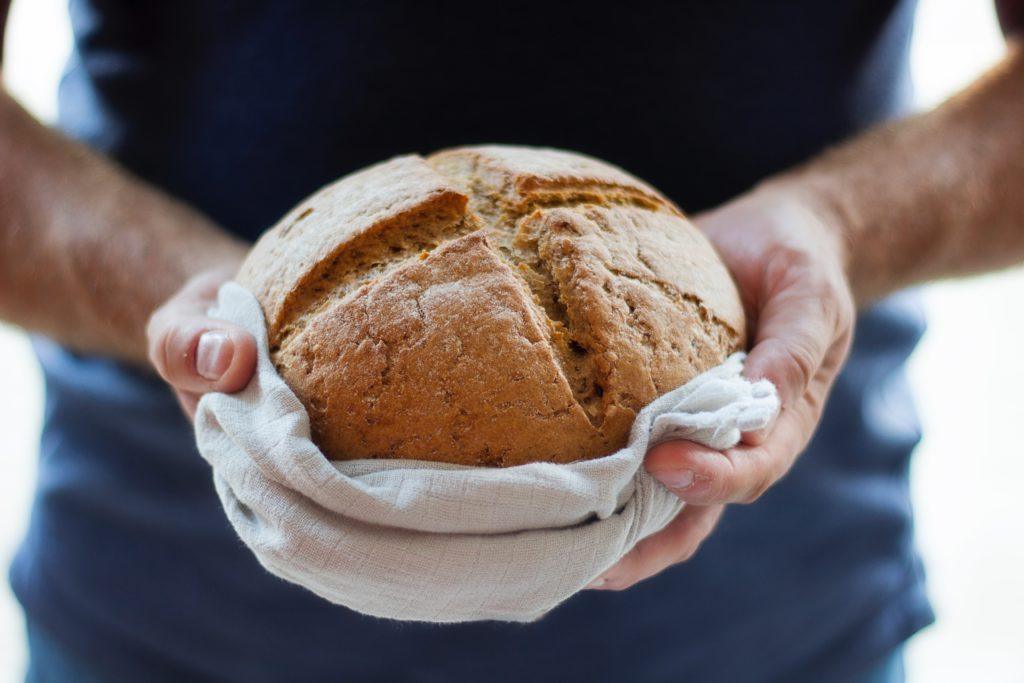
Other brands may use wheat proteins, vital wheat gluten, ground nuts, or pulses such as almond flour to increase the bread’s protein amount.
Because there is no one standard formula for this bread, it’s important to always look at the nutrition information on the package. Certain brands may contain food allergens you want to avoid.
Generally, it is best to dodge products made with artificial colors, flavors, preservatives, or mystery additives. You could digest it fine – or you may end up sick, which counteracts any of the benefits you gained along the way.
How Much Protein is in Normal Bread?
Whole grain breads are already a great source of protein, offering about 3 to 6 grams per slice.
However, most high protein breads contain at least 20 percent more than that. For reference, the U.S. Daily Reference Value (or DRV for short) for protein is 50 grams per day.
Many high protein breads have upwards of 10 grams of protein per serving size.
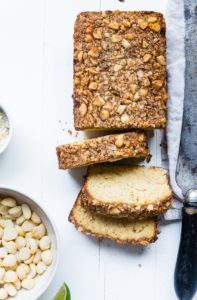
Of course, the amount of protein in each brand will vary. For instance, P28 brand high protein bread has one of the highest counts on the market – at a whopping 14 grams of protein per 47-gram slice. This is the same amount you could gain from eating two large eggs!
President’s Choice Blue Menu protein bread contains 6 grams of protein content per 42-gram slice, which is 4 grams more than a slice of their 100 percent whole wheat bread.
Country Harvest protein bread has 6 grams of protein in every 45-gram slice, which is a little more than their whole wheat bread products.
Benefits of High Protein Bread
Those who have severe allergies to other protein-rich foods, vegans, and competitive or professional athletes may benefit from protein-rich breads the most. After all, one can only have so many protein shakes and bars, eggs, or chicken breasts before the taste grows repetitive.
Still, you should always check the ingredients on the back of the package. This will ensure you are picking up truly healthy bread and not kinds full of harmful substances or additives.
That being said, there are plenty of benefits to eating high protein bread.
Lowered Risk of Developing Cardiovascular Disease
Cardiovascular disease is one of the most prominent causes of death worldwide.
Researchers have found that higher dietary fiber intake can help reduce the instances of cardiovascular disease. This is because dietary fiber lowers serum cholesterol concentrations via an increase in the excretion of bile acids, while also inhibiting fatty acid synthesis in the liver.
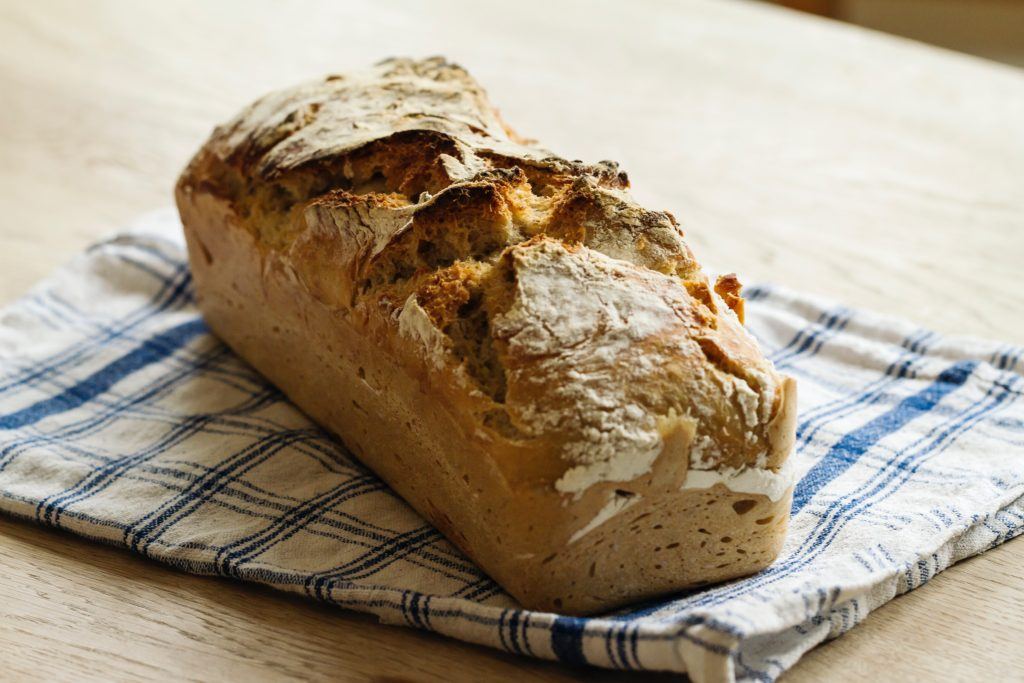
Basically, this means that high fiber foods like protein bread can help you better maintain your weight by making you feel fuller for longer.
Boosted Cognitive Function
High protein bread is a great source of B vitamins, which not only increase cognitive function, but may also help to lower plasma concentrations of homocysteine (an amino acid that contributes to heart disease) in the blood as well.
Cons to Protein Bread
Easy to Overdo It
What you eat along with (or on top of) your protein bread can affect how well your body receives the intended nutrients.
For example, putting salmon or an egg on top of protein bread that already has an extra 14 or so grams of protein can put you over the recommended amount of protein you need for the day. Consuming too much protein can actually prevent weight loss (if that is indeed your goal) or even lead to unintended weight gain.
Most people already eat the recommended amount of protein each day, according to this 2015 Canadian Community Health Survey.
So, eating a great deal of high protein bread may not be necessary for everybody.
Restricted Carbs and Fiber
Sticking solely to a high protein diet can restrict carbohydrate and fiber intake so much that you actually counteract any perceived health benefits.
You may also develop various health problems like bad breath, headaches, and constipation.
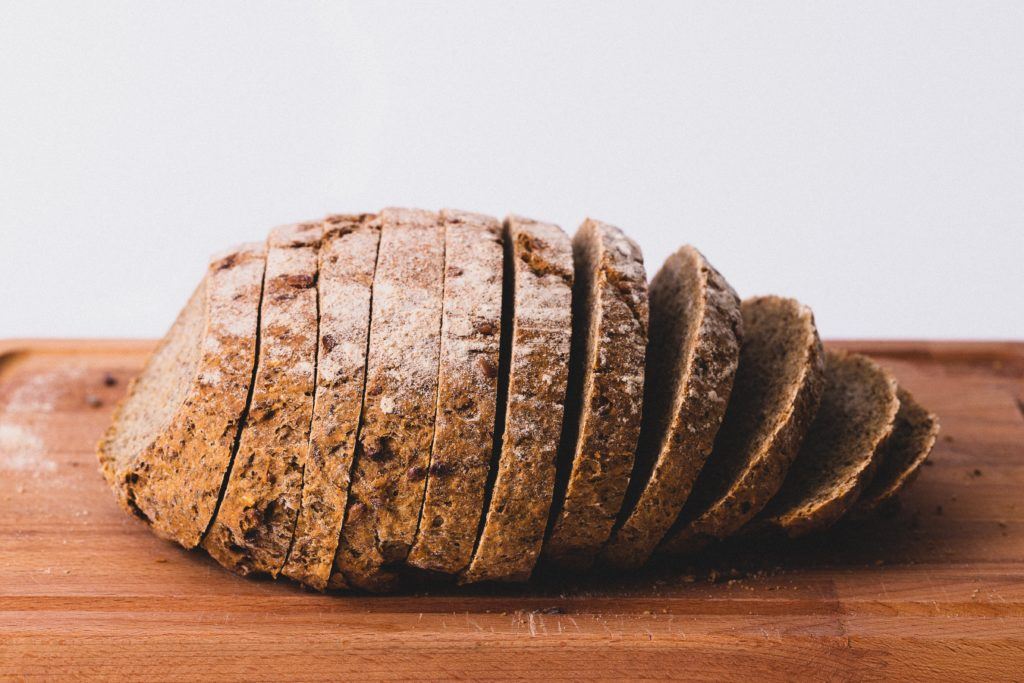
Escalated Kidney Issues
Eating too much protein can also aggravate kidney function in people with kidney disease, who already have trouble eliminating all the waste products found in protein metabolism.
Balancing Out Protein
The Right Pairings
Instead of seeking out foods with tons of protein, you should be eating more fiber and good carbohydrates instead. Cut any processed carbs from your diet, and choose carbs that are high in fiber and nutrients instead.
Fiber can help lower LDL (or bad) blood cholesterol, improve how your body uses insulin, and reduce inflammation—all without the cons of excess protein intake.
Fiber also feeds our microbiota, which are beneficial microbes in our gut that can influence our immune system, digestion, metabolism, mood, and cognitive functions.
Try eating your high protein breads with fiber-rich foods such as fruits, vegetables, beans, lentils, nuts, and/or seeds on top to create a more balanced diet.
Know Your Demographic
Adult women should consume up to 25 grams of fiber a day, while adult men need 38 grams. Older people may find that consuming less fiber and more protein beneficial to preserving their muscle strength.
In fact, older adults and athletes are the only people who should exceed the recommended amount of protein each day to stay in top shape.
Before doing this, however, you should always talk to your doctor about whether this diet is right for you. This is especially important if you suffer from kidney disease, any type of diabetes, or other chronic health condition.
High Protein Bread Recipes
Now that you know how to use protein in your diet correctly, high protein bread can be a delightful addition to your meals. Here’s a great recipe to get you started.
Ingredients
- 4 teaspoons of active dry yeast. (See our guide to types of yeast)
- 1/4 cup of warm water.
- 1 cup of warm nondairy milk (soy will work fine).
- 1 cup of warm water (separate from the other cup).
- 2 tablespoons of vegetable oil.
- 2 tablespoons of maple syrup (you may also use sugar or agave nectar, too).
- 1 tablespoon of salt.
- 1 cup of vital wheat gluten flour.
- 2 1/2 cups of whole wheat flour.
You may also choose to bake your favorite kinds of nuts and seeds into this bread for an added crunchy texture.
Check out this healthy recipe from The Daring Gourmet for more.
A Note On Flours
Using both vital wheat gluten flour and whole wheat flour drastically increases the fiber and protein content of this bread, mostly because vital wheat gluten flour is made up of almost 75 percent protein.
Vital wheat gluten is a natural protein found in wheat, and is especially valuable in baking whole grain breads. It helps the loaves retain their structure as they rise.
Whole wheat flour, on the other hand, has a much lower gluten content than other flours. This is because gluten occurs in the grain’s endosperm, which is then milled to make all-purpose and bread flours. This, of course, gives these types of flours high gluten contents.
Whole wheat flour is made out of milled endosperm, wheat germ, and bran, which are the outer coatings of the wheat kernel that are devoid of gluten. Because more parts of the wheat that do not contain any gluten are used to make whole wheat flour, there is actually less gluten content than in other flours.
See our guide: the different types of flour.
Maple Syrup vs. White Sugar
Maple syrup is considered healthier than white sugar and other sweeteners, which is why it’s used in this recipe. It also possesses a unique flavor that some people may prefer over other sweeteners.
If you want to substitute the maple syrup in this recipe for white sugar, you will need to take into account specific conversion ratios before simply swapping one out for the other.
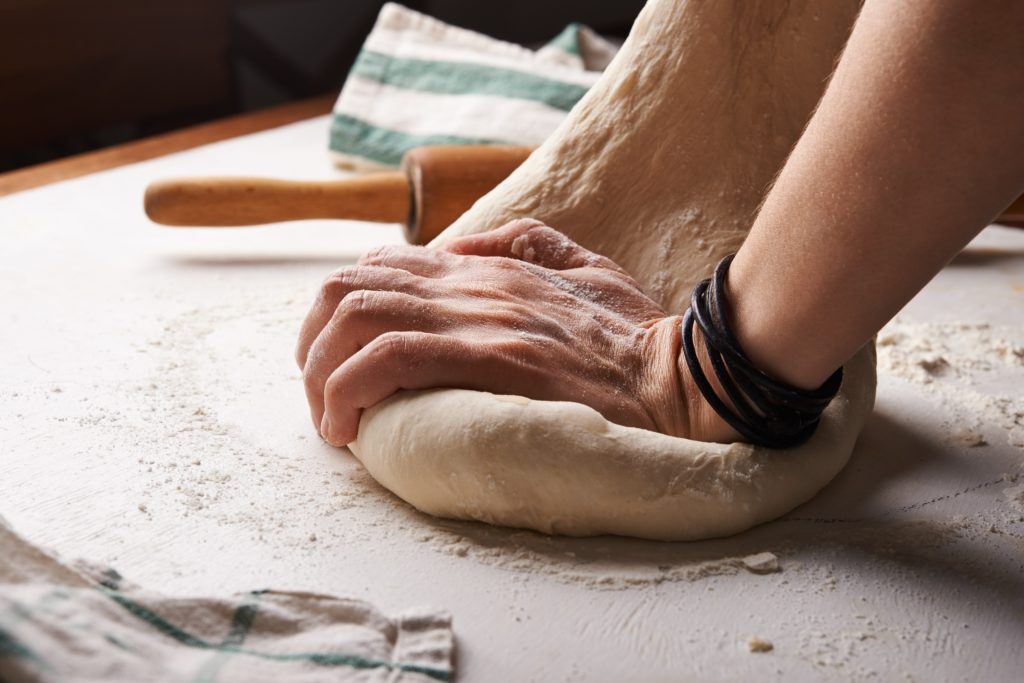
For every 3/4 cup of maple syrup you use, you will then need to replace that with 1 cup of white sugar. To compensate for the loss of liquid, you should also increase the other liquids in the recipe by 3 tablespoons for every 1 cup of maple syrup taken off.
Method
- Mix the yeast and the 1/4 cup of warm water in a large bowl.
- Mix the warm non-dairy milk, 1 cup of water, oil, maple syrup, and salt in another bowl. Add this to the yeast mixture.
- Add 1 cup vital wheat gluten flour and mix on a low speed (if using a stand mixer).
- Add 1 to 1 1/2 cups of the whole wheat flour and continue to knead. If necessary, add 2 tablespoons of this flour at a time until the dough is no longer sticky.
- Knead the dough for 10 minutes.
- Transfer your dough to an oiled bowl. Turn it over in the bowl once to ensure the top is coated with a little oil.
- Cover the bowl and allow it to rise in a warm place for around one to one-and-a-half hours, or until your dough has doubled in volume.
- Punch the dough down, then place it back in the bowl to rise for one hour.
- Grease and flour two standard loaf pans in the meantime.
- Punch the dough down again, then divide in half. Shape each half into an oval, making sure to tuck any seams under the dough.
- Place each oval into a loaf pan, loosely cover with an oiled plastic wrap, and set aside to rise for about 90 more minutes, until they form nice domes.
- Preheat the oven to 450 degrees. Bake the loaves for 10 minutes.
- Turn the oven’s temperature down to 350 degrees and continue baking for another 30 minutes.
- Turn the loaves over on a cooling rack for about 10 minutes. Remove the loaves from their pans and allow to cool longer.
What to Eat With High Protein Bread
Famous British chef Jamie Oliver came up with these tasty sandwich combinations:
Egg-Based
- Chopped, hard-boiled, free-range egg; yogurt; paprika; and cress.
- Cottage cheese; soft-boiled, free-range egg; paprika; and spring onions.
- Fried, free-range egg; natural yogurt; ripe cherry tomatoes; and curry powder.
Vegetable-Based
- Ripe beef tomatoes, Swiss cheese, and black pepper.
- Skinny cream cheese, ripe cherry tomatoes, and fresh basil.
- Wilted spinach and cottage cheese.
- Squashed beetroot, natural yogurt, and balsamic vinegar.
- Skinny cream cheese, cucumber, and hot chili sauce.
- Skinny cream cheese, lemony grilled asparagus, fresh mint, and chili.
- Grated cucumber and cottage cheese, served alongside quality-smoked salmon.
Fruit-Based
- Hummus and pomegranate seeds.
- Marmite, ripe avocado, and natural yogurt.
- Avocado, cottage cheese, and Tabasco chipotle sauce.
Sweet Variations
- Skinny cream cheese, cherries, and cinnamon.
- Natural yogurt, banana, and cinnamon.
Final Thoughts on High Protein Bread
High protein bread is excellent for those who would like to bolster their protein intake, but are averse to (or tired of) eating too much meat, dairy products, or protein-infused shakes and snacks.
This versatile superfood can be made into all kinds of delicious, protein-rich snacks and meals, so why not try a loaf today?
